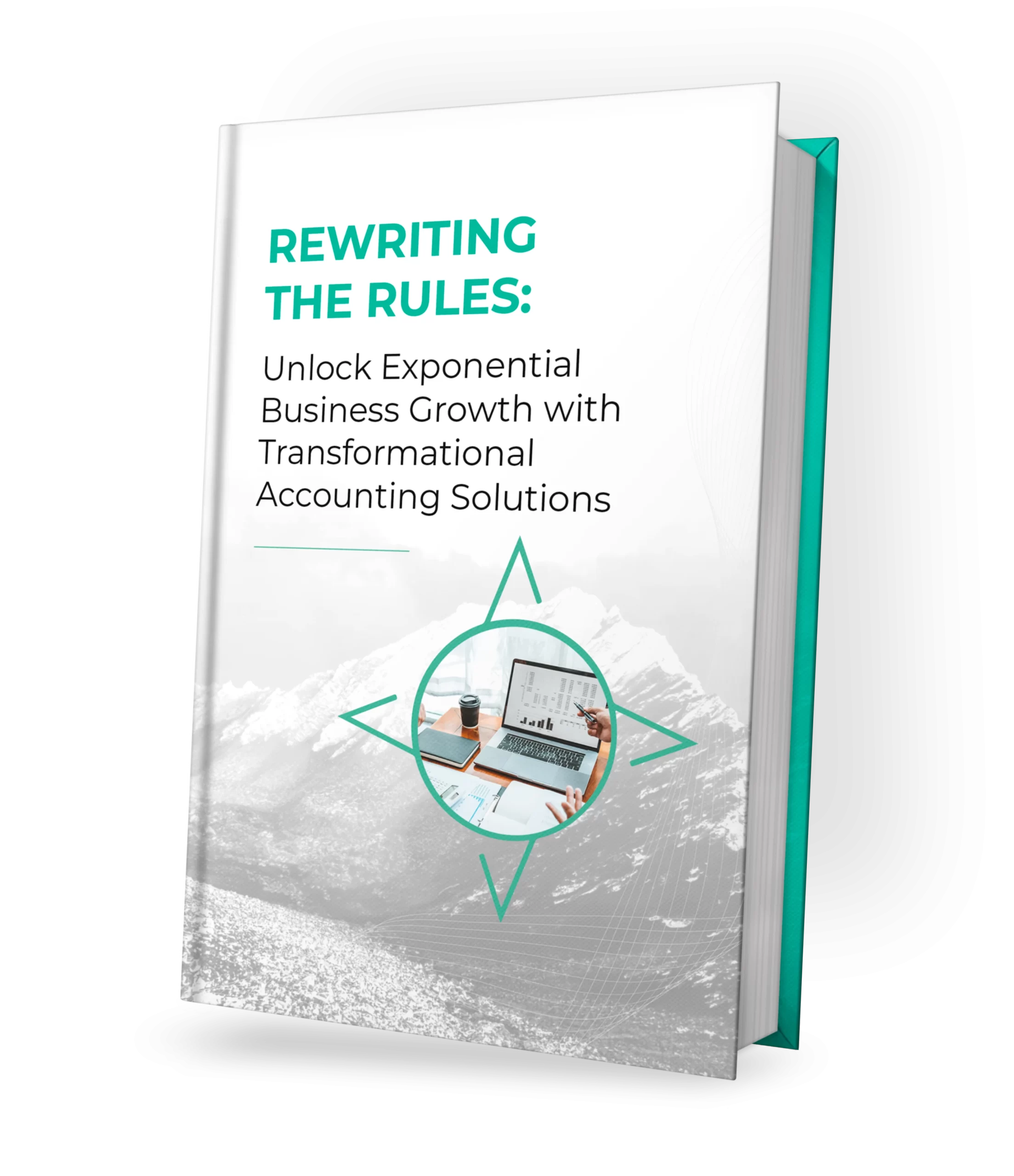Raising equity or debt capital can have a major impact on your business. To do so, it’s important to have the right plan to set yourself up for success. We understand the process can be intimidating and scary, but it does not have to be that way! If you are an entrepreneur who is wondering how you can raise venture capital, or get a loan, then we have created this article to help you do just that. Better yet, if you master these techniques you can feel confident going through the process, because the passion that you have to run your business is the same passion that will drive you to raise capital successfully.
Summarize your business and path to success
When pitching to potential investors or lenders, you should let them know the opportunity that is before them. You should cover the basic points, like:
- What your business does
- What makes your business special and why you are uniquely qualified to succeed
- Who are your customers
- Why you started your business
- Why they will be a good partner to help you succeed
You do not need to include every detail of your business’ journey however, like the eighteen name changes you have made or why you decided to make the logo blue and not purple. Any questions that investors have should be answered honestly, but succinctly. Let your passion for your business speak for itself.
As for your path to success, let the investor or lender know how you plan to use the money they may contribute to help your business grow. Do you plan to expand your technology stack, add locations, hire a new sales team, or even add new products? All of these details should be clear to the decision maker.
Having a clear business summary and planned path to success will give outsiders confidence that you will be able to execute on your goals.
Build a straightforward and understandable financial model
A financial model is basically a mathematical version of how your business runs. It can be presented as an excel file, or a printout of projected balance sheet and income statements. The purpose of building a financial model is to help you and outsiders understand your business, the inputs and outputs of the operations, and your projected financial performance.
There are two main approaches to building a model: Top-down and Bottom-Up
In the top-down approach, you start with the big picture goals and then complete the details to support these targets. You first define your milestones and then build out the resources necessary each them. An example could be defining revenue or total customers you plan to have by a certain date, and then build in the costs that would be associated with reaching that goal.
For the bottom-up approach, you start with your inputs and build the financial model from there. You start with the costs or resources you plan to have and then calculate the resulting milestones correlated to the inputs.
An example of this could be when you know you need a certain number of employees and inventory and you calculate the resulting revenue and customers that will be generated as a result.
Once you have a base case model, you and the outside parties can perform scenario analyses to see how results change based in various situation.
Regardless of your approach, what matters most is that your financial model is simple and understandable, both to you and to potential investors.
Know your numbers
Every business owner needs to know the numbers involved in their business. Knowing these numbers means knowing your business, and it is vital to making decisions that will most benefit your business’ future, help give you peace of mind, and help you learn.
Additionally, knowing your numbers is imperative in communicating with investors and lenders. By knowing your numbers, you will be able to effectively communicate how you plan to achieve.
Some questions that you every entrepreneur should know about their business:
- What are your unit economics?
- What are your customer acquisition costs?
- What is the lifetime value of your average customer?
- What is your current burn rate?
- What is your current revenue growth rate?
Knowing the answers to these questions and any other metrics that are important to your business will give you invaluable insight to make decisions and communicate with potential investors and lenders.
Sell your story
Effectively communicating your story is the most important step in the process. If you are able to tell investors and lenders where you have been and where you are going, the rest of the steps above will fall in to place.
Focus on why you started your business, why it’s unique, what achieving your goals looks like, and why you are set up for success. While numbers and reasoning are indispensable when looking to raise capital, so are a dream and passion.
Selling your story comes down to choosing the right words and making your audience feel what you feel. If they can sympathize or empathize with you, along with having the statistics and data they need to be convinced, your capital raise process is destined for success.
Here at AccountFWD, we’re a tech-enabled public accounting firm startup offering outsourced CFO, accounting and tax services. We deliver forward-thinking accounting and tax services with personalized support and concierge level service. If you’re still in the dark about anything to do with raising capital, crunching your business’ numbers, or even outsourcing, we’d be glad to help you. Get in touch with us today to learn more. Send us a note, schedule a time to connect, or give us a call 954-686-8687.

